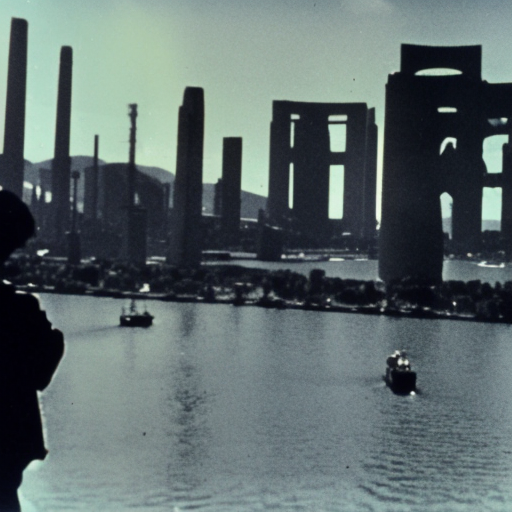Summary:
The atomic bombings of Hiroshima and Nagasaki were two devastating attacks carried out by the United States during World War II. On August 6, 1945, the first atomic bomb was dropped on Hiroshima, instantly killing an estimated 70,000 people and causing significant damage to the city. Three days later, on August 9, a second atomic bomb was dropped on Nagasaki, resulting in the deaths of approximately 40,000 people. These bombings marked the first and only use of nuclear weapons in warfare.
The Hiroshima Bombing:
On the morning of August 6, 1945, the Enola Gay, a B-29 bomber, dropped an atomic bomb named “Little Boy” on Hiroshima, a major industrial city in Japan. The bomb exploded approximately 1,900 feet above the city, instantly releasing an immense amount of energy. The blast wave, heat, and radiation caused widespread destruction, leveling buildings and killing thousands of people in an instant. The city was left in ruins, and fires raged throughout the area, further contributing to the devastation.
The Nagasaki Bombing:
Just three days after the Hiroshima bombing, on August 9, 1945, a second atomic bomb named “Fat Man” was dropped on Nagasaki, another important industrial city in Japan. The bomb detonated over the city, causing massive destruction and loss of life. The impact of the explosion was similar to that of the Hiroshima bombing, with buildings being flattened and fires spreading rapidly. The death toll in Nagasaki was slightly lower than in Hiroshima, but the damage was still catastrophic.
Immediate and Long-Term Effects:
The immediate effects of the atomic bombings were devastating. Tens of thousands of people were killed instantly, and many more suffered severe injuries. The intense heat and radiation caused burns, radiation sickness, and long-term health problems for survivors. The bombings also had a profound psychological impact on the survivors, known as hibakusha, who experienced trauma and loss on an unimaginable scale.
The long-term effects of the bombings were equally significant. The radiation released by the explosions had long-lasting consequences for the environment and the health of the affected populations. The survivors faced an increased risk of developing various types of cancer and other radiation-related illnesses. The bombings also had a lasting impact on the political and social landscape, shaping the discourse around nuclear weapons and their potential use in future conflicts.
Aftermath and Surrender:
The atomic bombings of Hiroshima and Nagasaki played a crucial role in Japan’s decision to surrender and bring an end to World War II. The devastation caused by the bombings, combined with the Soviet Union’s declaration of war on Japan, led to the Japanese government’s realization that further resistance was futile. On August 15, 1945, Emperor Hirohito announced Japan’s surrender, effectively ending the war in the Pacific.
The bombings also had a profound impact on the international stage. The use of nuclear weapons raised ethical and moral questions, sparking debates about the necessity and proportionality of such attacks. The bombings prompted efforts to control and regulate the use of nuclear weapons, leading to the establishment of the United Nations and the subsequent development of the Treaty on the Non-Proliferation of Nuclear Weapons.
In conclusion, the atomic bombings of Hiroshima and Nagasaki were tragic events that caused immense loss of life and destruction. The bombings had immediate and long-term effects on the survivors, the environment, and the global political landscape. They played a decisive role in Japan’s surrender and sparked debates about the use of nuclear weapons. The bombings remain a stark reminder of the devastating power of nuclear weapons and the importance of pursuing peace and disarmament.












